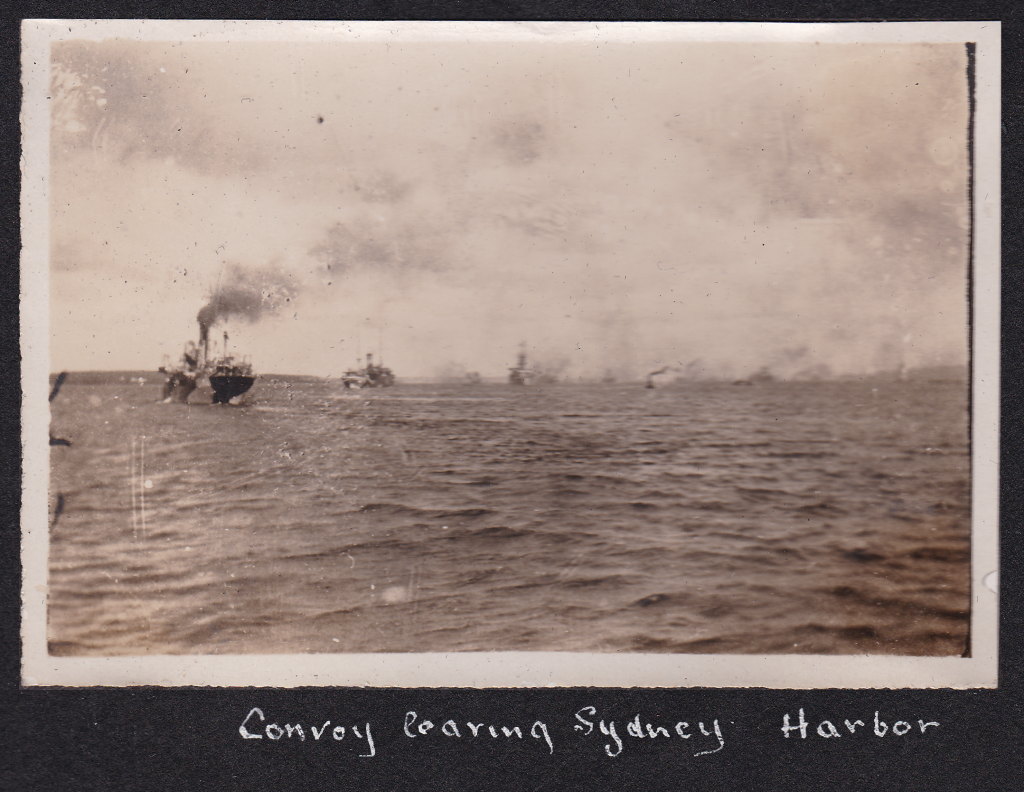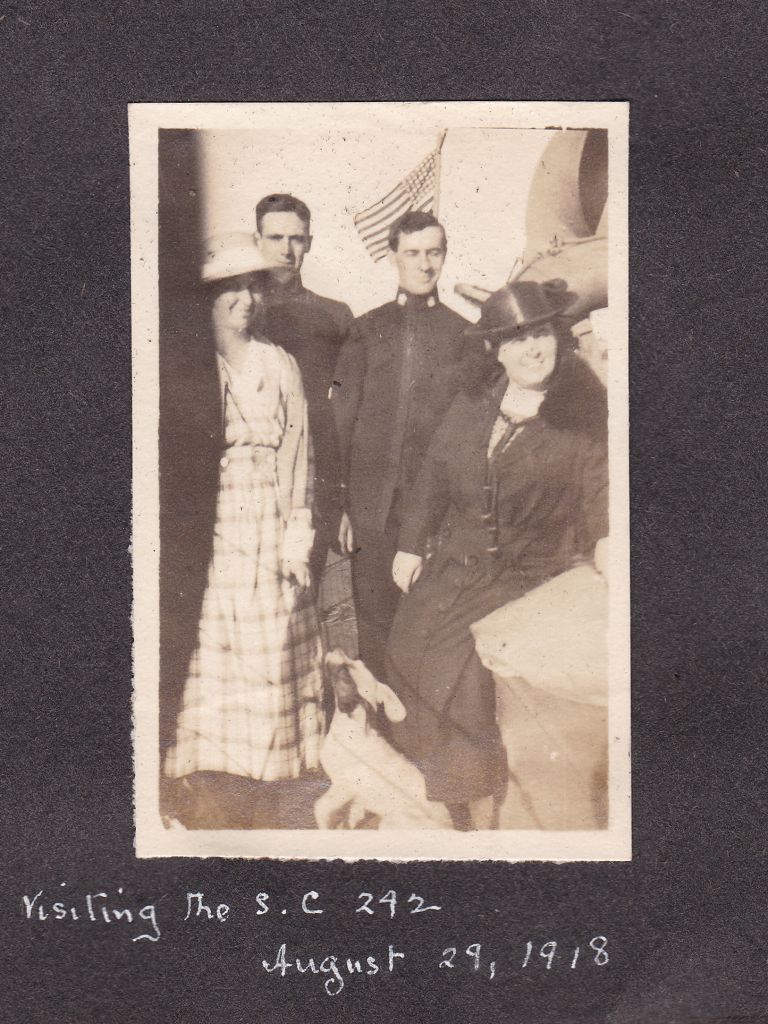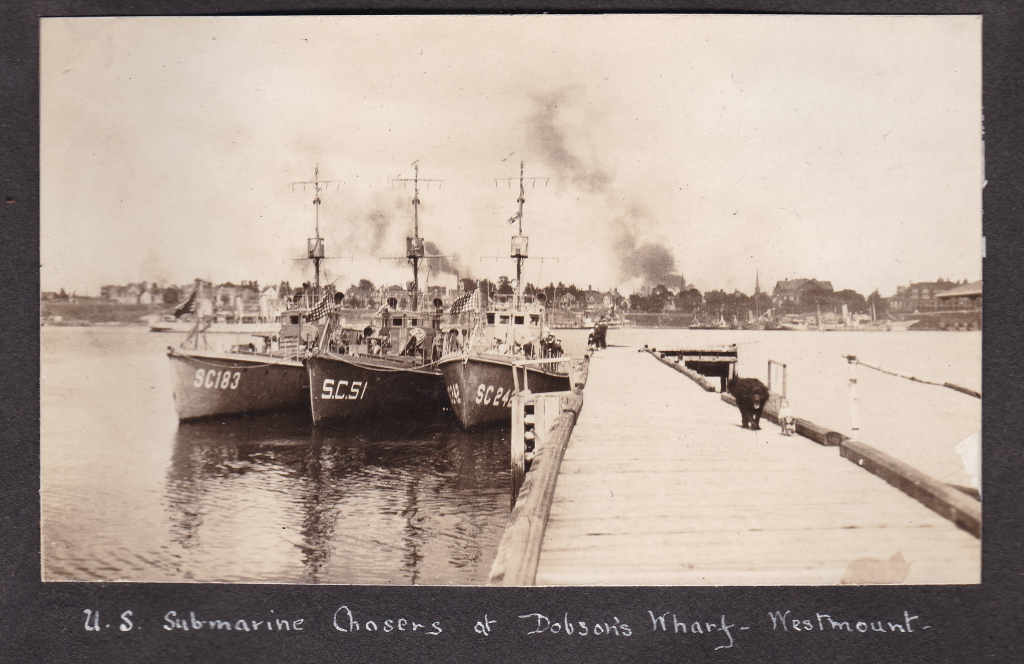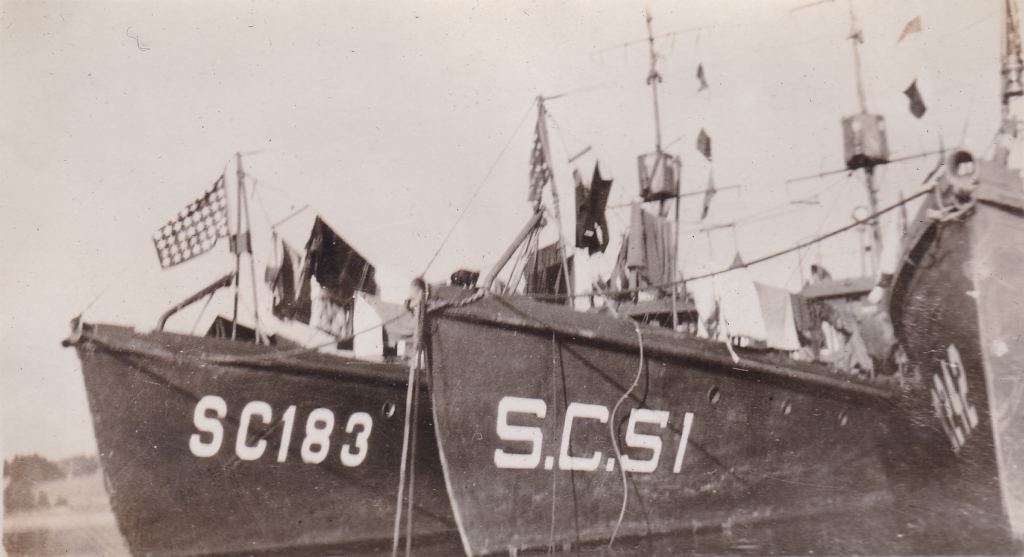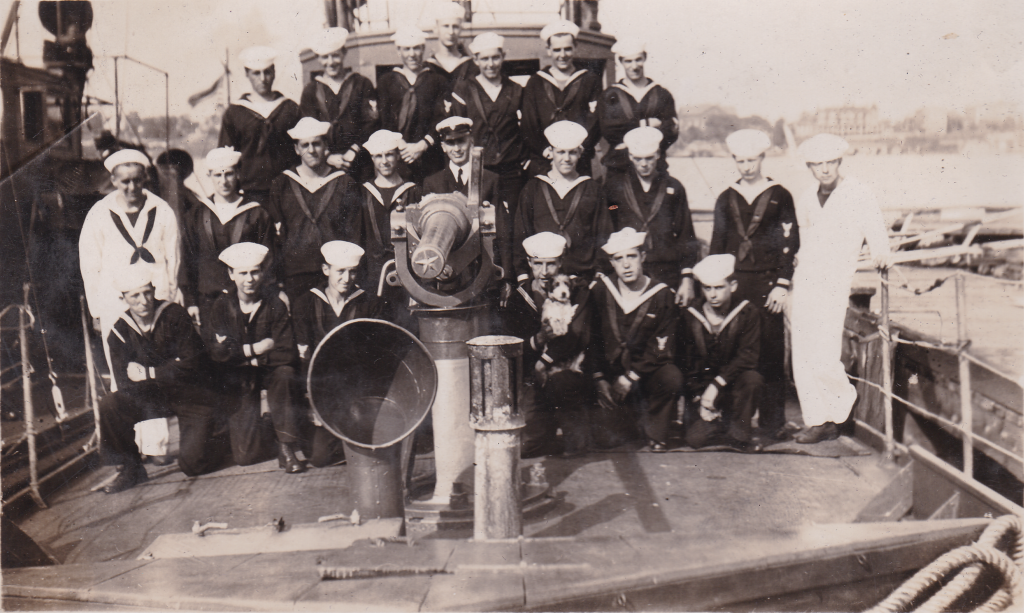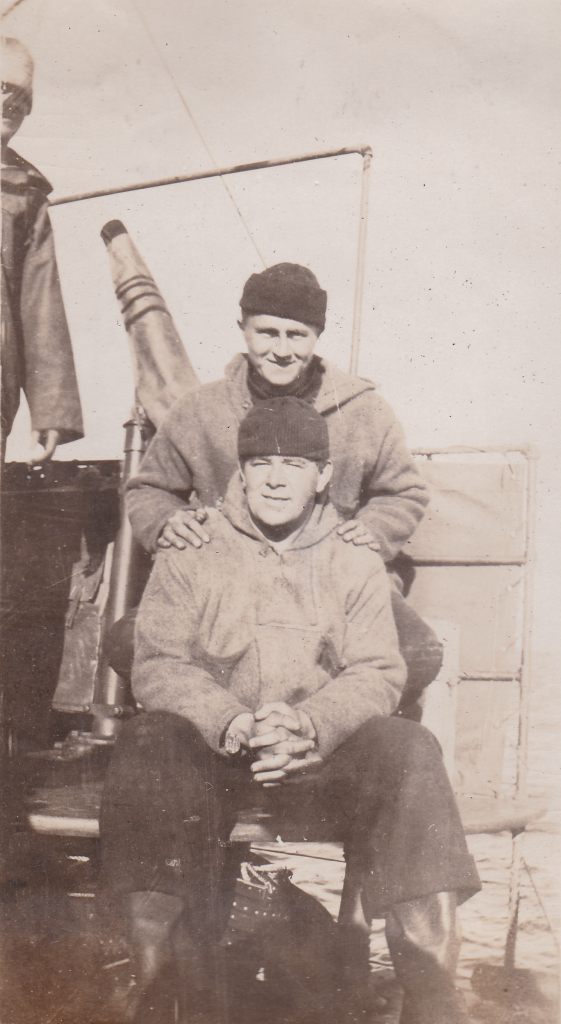War on the Home Front
Throughout the war, Cape Breton’s industrial area was a hive of wartime activity. The coal mines and steel plant were extremely important and workers from these industries were officially excused from military service if they wished. The local wharves were busy with ship repairs. Dominion Iron and Steel had their rail mill equipped to roll shell rounds and negotiated a contract to process shell blanks out of Sydney for finishing in Montreal.
Threat Close to Home
Although Canada sent men overseas in 1914, the most significant threat on this side of the Atlantic was Germany’s launch of submarine warfare in 1915. The goal of these attacks was to prevent North American supplies from reaching Britain. Throughout the war this type of warfare proved to be very effective in destroying Allied ships. By the spring of 1917, 1 in 4 ships carrying urgently needed food and war materials departing for British ports would not make the return voyage.
To counter these attacks, the Canadian government launched the St. Lawrence Patrol in July, 1915 whose mission was to sweep for mines and to provide surveillance on the Gulf of St. Lawrence for German submarines. Its command centre was located in Sydney, due to the harbour’s strategic location along the Gulf. Without this Patrol, the Gulf of St. Lawrence would have been left unprotected. At that time, Anti-Submarine Warcraft was in its infancy, so German U-boats easily evaded hundreds of patrol ships monitoring the Atlantic Ocean.
Convoys
In the summer of 1917, in an increased effort to protect supply ships from U-boat attacks during their transatlantic voyages, the Royal Navy implemented the convoy system, consisting of supply ships and war escort vessels. At this time, shipping from North American to Britain had become a priority as the Allied forces depended on supplies from the United States and Canada. Additionally, to make shipping more economical, Britain started concentrating on shorter North Atlantic trade routes, instead of more distant trade in South America. Due to its proximity to Europe, its large harbor, facilities to repair ships, and coal reserves, Sydney was selected as one of the assembly points for these convoys. The first Home Support (“HS”) convoys, consisting of 17 merchant ships left Sydney on July 10, 1917, starting a regular eight-day cycle.
Although these convoys proved to be extremely successful, the Canadian navy struggled to find suitable war escort vessels to join the convoys. In March 1918, the Canadians, supported by the Admiralty, sent pleas to Washington for help. In response, the Americans sent coastal patrol aircraft and patrol vessels.
On May 16, 1918, six American 110-foot long submarine chasers arrived in Halifax. They undertook long-range convoy escorts from Halifax. Divided into two divisions with three submarine chasers in each, one submarine chaser accompanied each convoy for the first twenty-four hours of passage, a distance of 150-200 miles, before returning to port.
In early July, submarine chasers SC 51, SC 183 and SC 241 moved to Sydney, using Dobson Wharf on the west side of Sydney Harbour as their base.
In September 1918, the Freemans visited the submarine chasers and their crew at their base at Dobson Wharf in Westmount. Below are some images showing the vessels (SC 51, SC 183 and SC 141) and their crew. One image shows Mary and her mother Susan with the captains from two of the Submarine Chasers.
